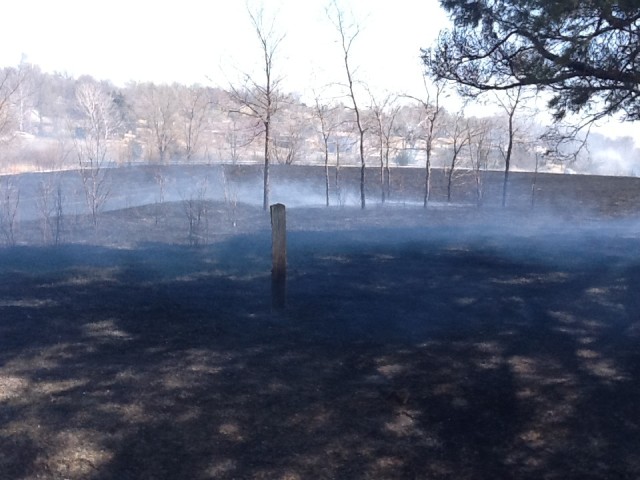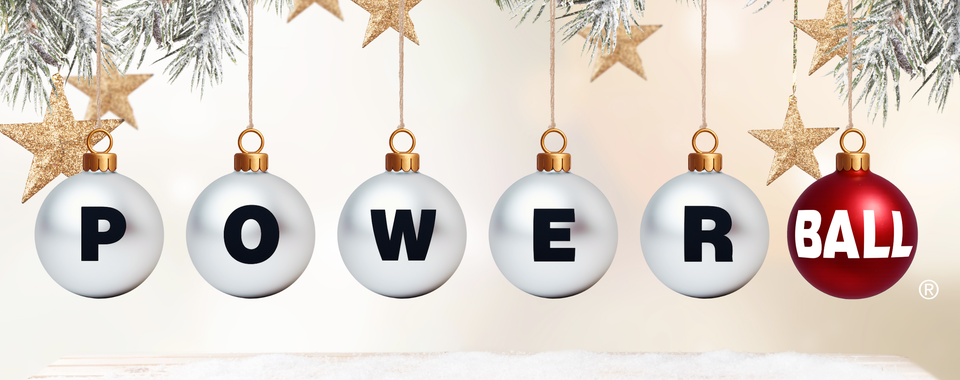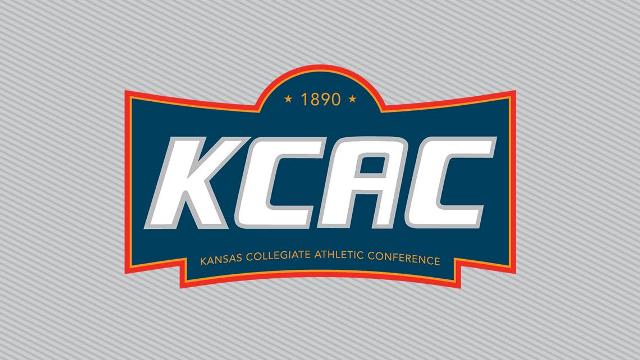Not all Kansas wildfires make headline news, so it may come as a surprise to many that the Sunflower State reported more than 8,000 wildfires in 2022.
Eight…thousand…fires. As in, about 3,000 more than the state’s yearly average.
Drought in much of Kansas is partly to blame for 2022’s bump in wildfires, but Kansas Forest Service fire management officer Mark Neely said many other factors contribute to heightened risk of fire.
“The landscape is changing and land management practices are changing; the vegetation that is out there is changing,” Neely said. “Dry conditions certainly heighten our risk, but other factors that contribute to fire risk include keeping your property maintained, mowing your yard, cleaning gutters and beds of leaves and not stacking firewood directly next to your house.”
Neely said the Kansas Forest Service has led an effort to build a Wildfire Risk Assessment tool to help Kansans protect their life and property. Darci Paull, a geographic information systems analyst with KFS, has spent much of the last half-decade building the free, online tool.
“The Wildfire Risk Assessment tool can be used by anybody, from a single occupancy landowner to community leaders, fire chiefs, emergency managers…and many others,” Paull said. “It will allow all of these people to assess the fire risk in their realm of responsibility.”
She calls it “an awesome tool to give to Kansans.”
“You know, you spend a lot of time on something and you wonder how people are going to use it,” Paull said. “It is neat for me to be able to hand it to a landowner, someone who doesn’t know anything about wildfire or GIS, and by putting in their address, they will know their wildfire risk.”
She added that users of the tool can print a report detailing the risk, and how to mitigate it.
“If you are a landowner with a lot of land, or an emergency management professional or even a firefighter, you can go into an advanced viewer…choose a fire district or county and create a bigger report,” Paull said. “We have 34 datasets that go into this tool, so they can find more data that may be overwhelming for the average landowner, but would mean so much more to people that are making community decisions.”
Neely adds: “The one thing about Kansas is that fire will happen. This is not in any way going to eliminate wildfires in the state. This is our way of helping Kansans become more resilient toward naturally occurring fires that threaten homes or property or livestock.”
The Kansas Forest Service has scheduled two training sessions to help community leaders and others understand more fully how the Wildfire Risk Assessment tool can be used for wildfire community planning. The first session is Oct. 10 in Wichita, and the second will take place Oct. 12 in Manhattan.
Information on both sessions, as well as registration, is available online, and at www.kansasforests.org. The cost to attend is $10.



